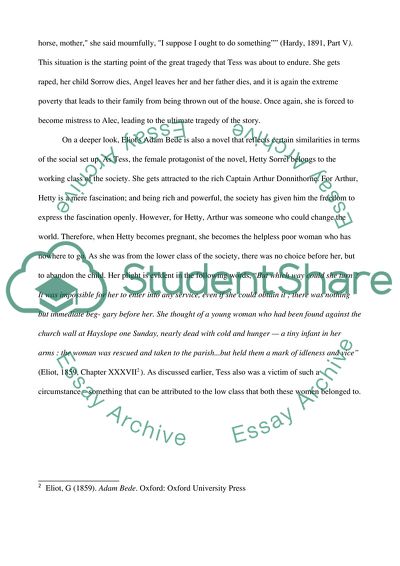Cite this document
(Adam Bede and Tess of the dUrbervilles Essay Example | Topics and Well Written Essays - 2500 words, n.d.)
Adam Bede and Tess of the dUrbervilles Essay Example | Topics and Well Written Essays - 2500 words. Retrieved from https://studentshare.org/literature/1789648-adam-bede-and-tess-of-the-durbervilles-essay
Adam Bede and Tess of the dUrbervilles Essay Example | Topics and Well Written Essays - 2500 words. Retrieved from https://studentshare.org/literature/1789648-adam-bede-and-tess-of-the-durbervilles-essay
(Adam Bede and Tess of the DUrbervilles Essay Example | Topics and Well Written Essays - 2500 Words)
Adam Bede and Tess of the DUrbervilles Essay Example | Topics and Well Written Essays - 2500 Words. https://studentshare.org/literature/1789648-adam-bede-and-tess-of-the-durbervilles-essay.
Adam Bede and Tess of the DUrbervilles Essay Example | Topics and Well Written Essays - 2500 Words. https://studentshare.org/literature/1789648-adam-bede-and-tess-of-the-durbervilles-essay.
“Adam Bede and Tess of the DUrbervilles Essay Example | Topics and Well Written Essays - 2500 Words”. https://studentshare.org/literature/1789648-adam-bede-and-tess-of-the-durbervilles-essay.


